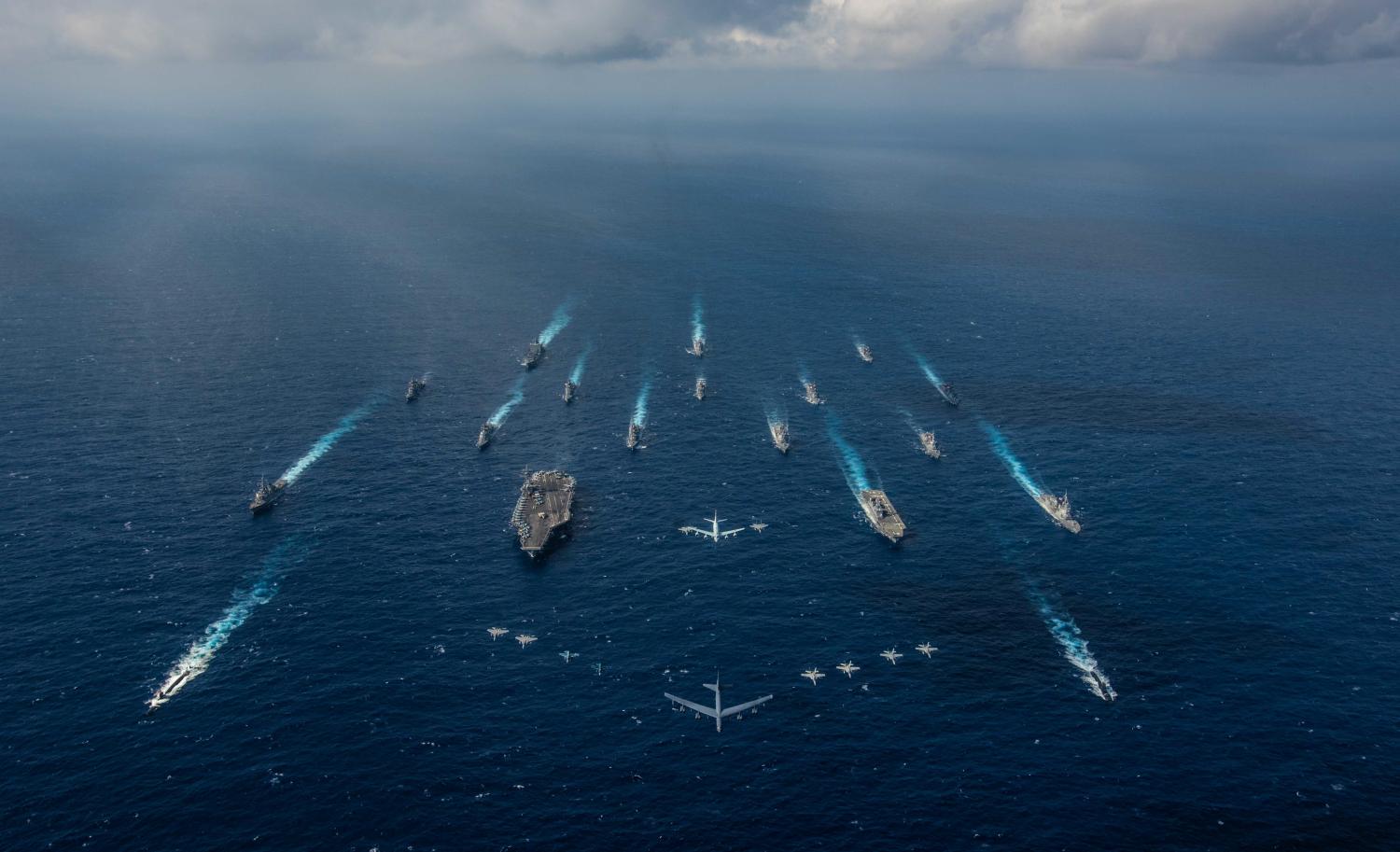Executive Summary
 By strong and deep bipartisan agreement, America’s national security community is now focused on the risks of war against Russia or China as the top priorities for defense policy and resource allocation. Thirty years after the Berlin Wall fell, this is a remarkable and sobering development, provoked by China’s rise and Russia’s revanchism.
By strong and deep bipartisan agreement, America’s national security community is now focused on the risks of war against Russia or China as the top priorities for defense policy and resource allocation. Thirty years after the Berlin Wall fell, this is a remarkable and sobering development, provoked by China’s rise and Russia’s revanchism.
But over what issues, and in what ways, could war pitting the United States and allies against Russia or China really happen? To date, this question has been largely unaddressed. If we are to optimize defense investments, bolster deterrence, and also figure out how to deescalate any conflict that might happen despite our best efforts to prevent it, then we need good answers. The prospects of a head-on and large-scale Chinese assault on Japan, or a Russian seizure of an entire Baltic state, need to be considered — even if they do not seem particularly likely given the inevitability of a major U.S. or NATO response to any such blatant assault on a treaty ally.
More likely, it would seem, is a small-scale Russian or Chinese attack against a sliver of allied territory, designed less to seize land than to flex national muscles and challenge the U.S.-led global order. Such an attack would be an attempt by Beijing or Moscow to weaken a major bilateral alliance or NATO. What should the United States and its allies do if China or Russia undertakes an aggressive action that is at once both minor in its physical scale and yet strategic in potential consequences? The cases in point could include a Chinese seizure of a Senkaku island, a violent Chinese attack against an uninhabited island rightfully owned by the Philippines, or a limited Russian land-grab in the Baltic states, which Moscow might justify by claiming Russian speakers there were somehow under threat. Other scenarios are easy to imagine as well.
Today, Washington might well overreact to such a scenario. Today’s American military establishment and national security community tend to hold the view that being able to defeat China or Russia in combat wherever an ally might be attacked is a realistic and essential goal. Direct defense, and prompt reversal of an aggression, are the foundational principles of current strategy. Article 5 of the NATO treaty and related mutual defense commitments are seen as allowing little flexibility or room for interpretation. In a given crisis, a specific president might disregard this prevalent strategic culture, but it is deeply rooted in the modern American defense community.
But such an escalation, while it should be kept as an option, would almost surely not be the right initial response. It would be too strategically and militarily fraught. Instead, the United States and allies need to develop strategies of asymmetric defense and counterattack. An asymmetric defense would combine and interweave the economic instruments of statecraft and warfare into combat plans. Indeed, the active elements of the strategy would center on economic warfare. Military responses would be important but would often function in a support role, to create a defensive line against any further enemy advance and perhaps to support the enforcement of economic sanctions.


